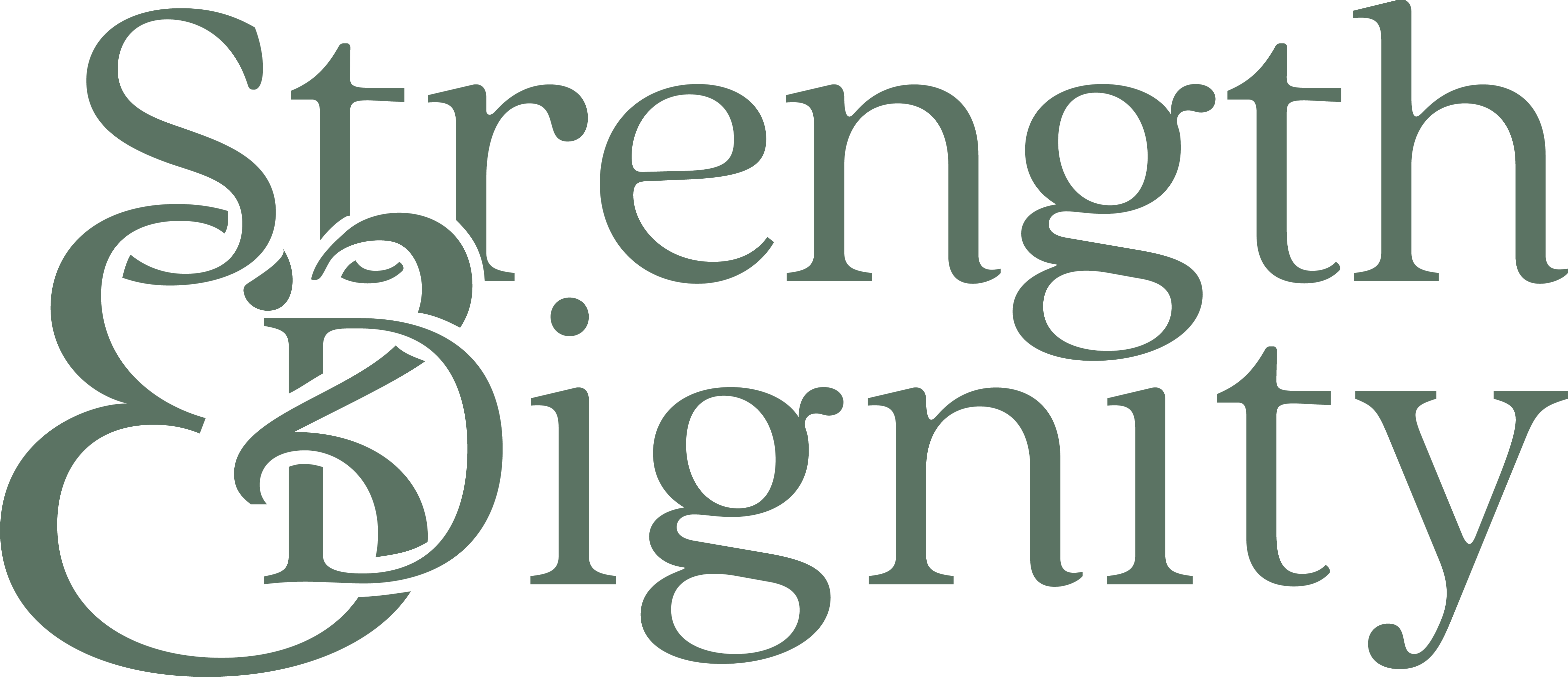- Urinary incontinence – Leaking
- There are two main types of urinary incontinence: stress & urge incontinence. Common symptoms of stress incontinence include leaking when you cough, sneeze, run or jump. You could also be experiencing symptoms of increased frequency or urgency with or without leaking, these symptoms are called urge incontinence. If you are experiencing stress and/or urge incontinence, a full PT exam is helpful to understand the full picture and root cause of your symptoms. Check out this previous blog post “Just do Kegels?” for further reading on why Kegel’s alone are often not enough.
- Pelvic Organ Prolapse
- Vaginal Bulging and Pelvic Pressure or Heaviness is the most symptom of pelvic organ prolapse (POP), but other symptoms can include pain with sex, bleeding, low back pain, difficulty fully emptying your bladder or bowels, lower urinary tract symptoms, discharge/infections, leaking, frequency, urgency, needing to change positions to fully empty your bladder, post-void leakage, and worsening of symptoms with increased activity, stringing, or time in gravity-dependent positions. Optimizing pressure management is a huge way that pelvic floor PT can decrease symptoms and prevent the need for surgery. To get a better understanding of what structures are involved and strategies to help, talk to your provider about referring you to a Pelvic Floor PT.
- Dyspareunia – Pain with Insertion
- It should not be painful to insert a tampon, undergo a gynecological exam, or be intimate. Many times the use of dilators and/or a pelvic wand can help release soft tissue restriction. If you are having pain with insertion, talk with your provider about sending your to PT for a full evaluation and to learn how these tools can help.
- Diastasis Recti – Abdominal Separation
- Research shows that 100% of full term pregnancies result in some sort of abdominal separation. It is a completely normal adaptation to allow room for your growing baby. The problem lies when your abdominals come back together postpartum. A diastasis recti is measured both in width and depth. If you have an abdominal separation greater than 2 fingers and/or more than an knuckle deep it is best to get evaluated to ensure proper healing.
- Low Back/SI Joint/Hip/Pubic Pain
- A lot of changes happen to the muscles and joints of your abdominal region during pregnancy. This results in a change in the way force is distributed through your joints which can sometimes lead to pain and dysfunction. Building strength and maintaining mobility in pregnancy can minimize discomfort. It is important to work with a physical therapist throughout pregnancy and postpartum who can evaluate your specific muscle imbalances in order to take stress off your area of pain.
- Exercise Modification in Pregnancy
- Exercise is safe in pregnancy as long as you don’t have other medical complications such as a pre-eclampsia or placenta previa. Labor and Delivery is an athletic event and it is important to train for it. Talk to your provider about sending your to PT for a customized exercise program to build strength and endurance through pregnancy for a smoother postpartum.
- Birth Preparedness
- Pregnancy can put your body in postures it isn’t used to being in, causing some muscles to tighten, limiting pelvic movement. Check out my course “Prenatal Movement and Delivery Excellence” to learn how to get your body ready for labor & delivery. You will also learn about positions to optimize pushing, perineal massage to reduce tearing, and my recommendations for early postpartum recovery.
- C-Section Recovery
- A C-Section is major abdominal surgery. If you were to go under any orthopedic surgery, you would be prescribed a course of physical therapy to ensure proper healing of the muscles and joints involved allowing you to return to your daily activities safely. It is so sad that this same level of care is not given to mothers whose bodies just went though immense physical and hormonal changes in addition to major abdominal surgery. Physical therapy following your C-Section will work on scar desensitization and mobility in addition to rebuilding core and abdominal strength.
- Safe Return to Exercise Postpartum
- After all of the changes that your body went through during pregnancy and delivery, it is important to re-engage with your breath and your core to prevent further complications down the road. Tissue takes time to heal. Talk with your provider at your 6 week follow-up about seeing a Pelvic Floor PT to evaluate your posture and movement patterns are optimized so you can safely return to the gym.
